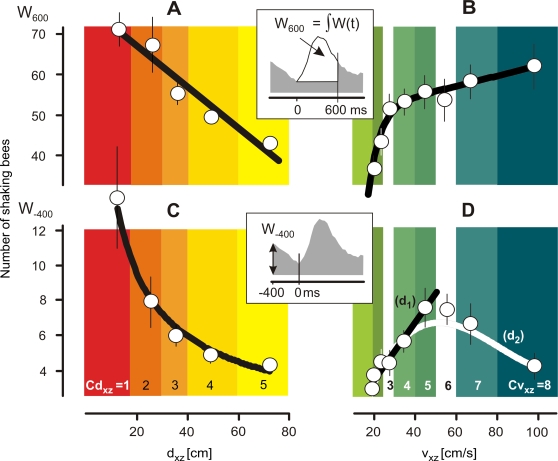Figure 4. The effect of flight behavior of predatory hornets on the waving strength of Giant honeybees (scenario B).
The waving strength W600 gives the numbers of bees which had shaken their abdomens over 15 frames (definition see inset and text); it depends on the hornet's distance from the nest dxz (A) and on the hornet's flight velocity vxz (B); time zero in the insets defines the start of the shimmering waves (cf. Fig. 3); (A,C) red to yellow shaded areas define the five dxz classes, and (B,D) green to blue shaded areas define the eight vxz classes of hornet flights as used in Fig. 3 (for definition see Methods); open circles are arithmetical means, thin vertical and horizontal lines denote SEM; thick lines are regressions of the mean values regarding to 201 wave episodes with 317 flight episodes of two wasps (Cdxz = 1 to 5; Cvxz = 1 to 8); regression A: r = −0.969, P = 0.006; regression B: r = −0.963, P = 0.015. W−400, the amplitude of the waving strength 400 ms before the onset of the consecutive wave (see inset and text for definition), giving the residual shimmering strength under repetitive conditions; W−400 declines with dxz (regression C: r = −0.989; P = 0.022), but inclines regarding vxz at lower velocity levels (Cvxz = 1–5: regression d1: r = 0.975, P = 0.005) and shows an overall nonlinear relation for Cvxz = 1–8 (regression d2: r = 0.857; P = 0.027). All tests refer to Polynomial Regression (SigmaStat).

